Vishniac Documentary Explores Photographer’s Life
From 1935 to 1938, Vishniac captured intimate portraits of communities that were destroyed in the Holocaust.
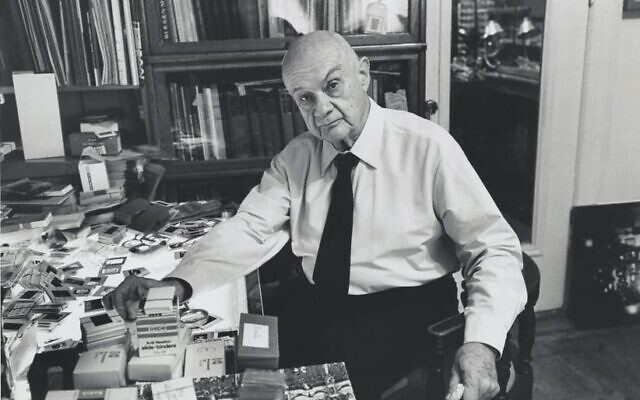
His photographs are like an open window on a world that is forever lost, the traditional world of Eastern European Jewry.
From 1935 to 1938, Roman Vishniac, with little more than a pair of cameras and film tucked into his luggage, crisscrossed communities large and small in Poland, Lithuania, Czechoslovakia, and Hungary. He captured a priceless record of the daily life of Jews suffering under the crushing burden of poverty and dislocation. It was made worse by newly passed antisemitic laws and government regulations.
His many trips through the region were financed through the European office of America’s Jewish Joint Distribution Committee, which saw — in his powerful portrayal of communities under stress — a way to help raise both money and public awareness.
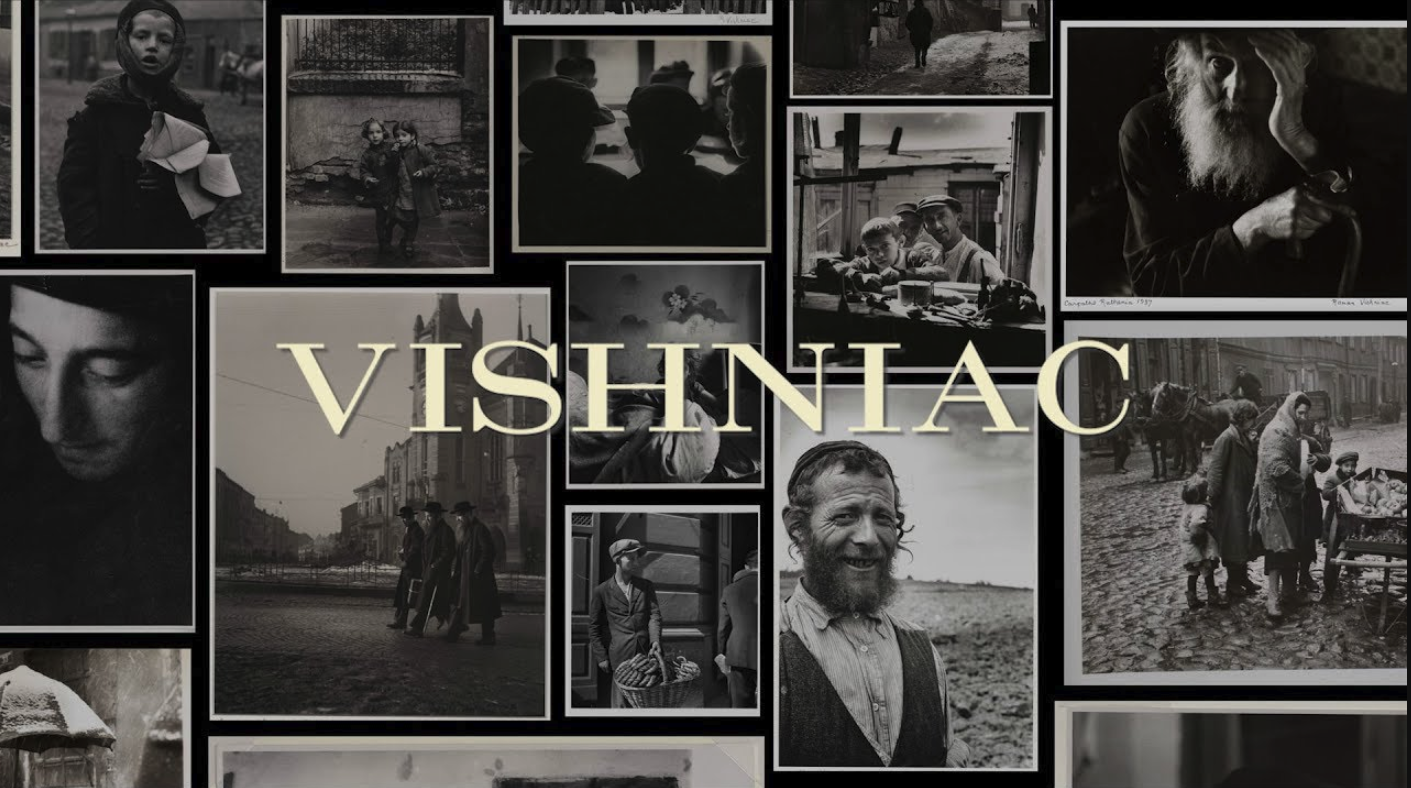
Now, for the first time, Vishniac’s monumental record of Eastern European life and his long career as a photographer of rare skill and sensitivity are the subject of a new documentary by director, Laura Bialis. The documentary will have its Atlanta premiere in a pair of screenings at the Atlanta Jewish Film Festival.
Bialis was given full access to Vishniac’s vast archives of more than 23,000 images and had the extensive on-camera participation and support of Vishniac’s daughter, Mara, who lived just 10 minutes from Bialis’s home in California. Over the four years that the two women were involved in the project, Bialis developed what she described as her transformation under Mara’s influence.
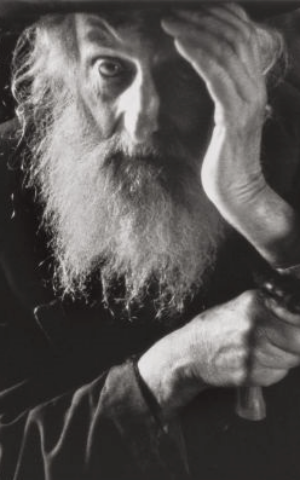
“It was like a very slow unwrapping of everything Mara had experienced growing up with her father and their long relationship. And we became friends. She was this incredible person and was so wise, but also still had that childlike interest in looking at the world through something her dad gave her, her gift of observing people. I feel like I was transformed by Mara.”
Mara and her family, with some assistance from the Joint Distribution Committee, made a miraculous escape from Nazi-occupied Europe on one of the last ships to bring refugees to America at the end of 1940.
For the film’s director, Bialis, there is something in Vishniac’s photographs of those doomed communities and their residents in the 1930s that transcends the mere recording of everyday life.
“I feel like when you look at his photos, you’re getting right into the face of someone, and you really meet them. This is a real person in their real habitat. He was somehow able to capture their essence — their personality. It was a spark that he captured. Photography is not just light and film. There’s a thing that happens, a magic spark for a second that happens between the photographer and his subject. And he had something that was able to get these people to give him that.”
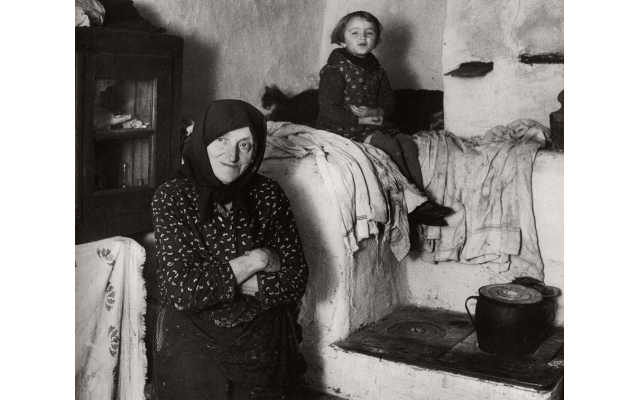
After his arrival in America on the eve of World War II, Vishniac worked to reinvent himself. During the last 50 years of his life, before his death in 1990, he shifted from being a deeply intuitive photographer of people to becoming an intense observer of the natural world, particularly as a pioneer in the use of microphotography to study nature up close.
His work was featured in Life Magazine, and he lectured widely about nature and basked in his celebrity. But arguably, his scientific photography never achieved the richness and depth of those pre-Holocaust years when he was searching out the many faces he fleetingly captured in Warsaw, Krakow, Lodz, and Munkacs.
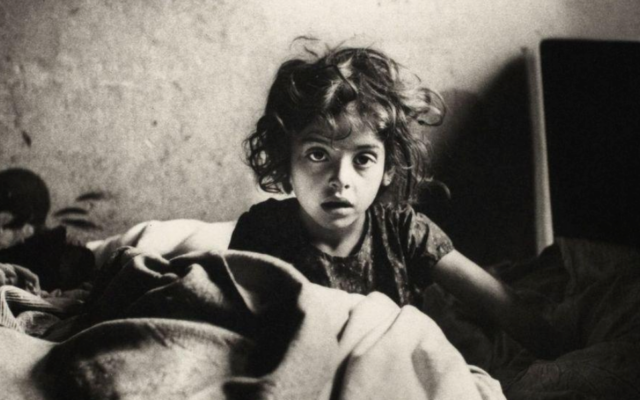
“Vishniac” is one of those rare documentaries which has a professional artistic finish that honors the profound artistry of its subject and his work. The production, which effectively integrates a number of recreations of many of the incidents in both Mara and her father’s life, was put together by producer Roberta Grossman, who has been a frequent presence at the AJFF. She was joined by the executive producer, Nancy Spielberg, Steven Spielberg’s sister.
The script, by Sophie Sartain, that neatly wraps up the many strands of Vishniac’s professional and personal life, and the music by Todd Boekelheide, subtly and effectively punctuate the film. Finally, the deft handling of all the many elements that make up the final production by the editor, Chris Callister, is truly remarkable.
The documentary is one of Bernstein and Bahr’s Best Bets at the festival, It arrives in Atlanta after a heavy schedule of screenings domestically and internationally, where it was the closing night film at the Toronto Jewish Film Festival and was chosen best documentary in this year’s Jewish film festival held in, of all places, Hong Kong.
- Arts and Culture
- Opinion
- Bob Bahr
- Eastern European Jewry
- Roman Vishniac
- Jewish Joint Distribution Committee
- Laura Bialis
- Atlanta Jewish Film Festival
- World War II
- warsaw
- Krakow
- Lodz
- Munkacs
- Roberta Grossman
- Nancy Spielberg
- Steven Spielberg
- Sophie Sartain
- Todd Boekelheide
- Chris Callister
- Bernstein and Bahr’s Best Bets



comments